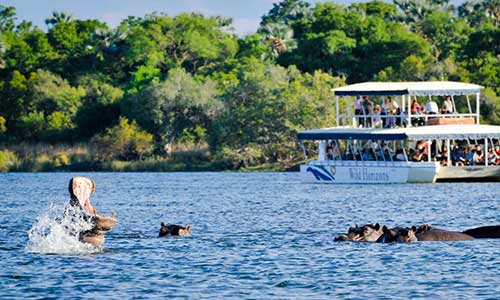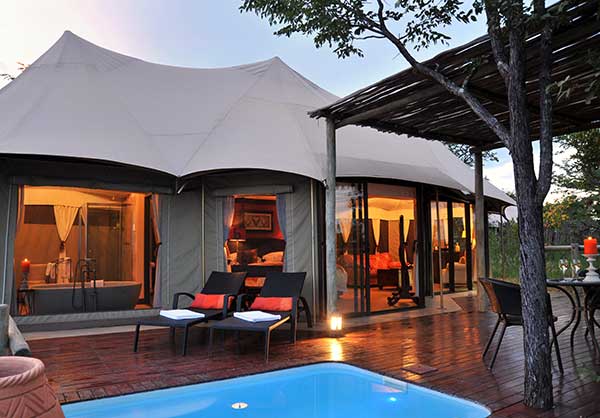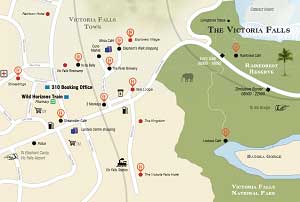Dec 11, 2015 | Family Friendly Activity, Sunset Cruise, Victoria Falls, Victoria Falls Activity, Wild Horizons Activites, wild horizons activities, wildhorizons, wildlife encounter, Zambezi river, Zambezi River Cruise
I recently had the opportunity to partake in a Wild Horizons’ Sunset cruise. The cruises depart daily from a jetty on the banks of the wide and calm upper Zambezi above the Victoria Falls. The river here is so broad it splits onto three channels and it’s calm belies the thundering spectacle mere kilometres downstream. At this time of year the spray from the falls is a mere smudge on the horizon and the roar of the falls registers as a background vibration from a distance. The scene couldn’t be calmer. Pods of hippos, graceful dragonflies, cormorants, darters, splashing kingfishers, and gliding crocodiles grace the calm waters. As we take off from the jetty engines purring there’s nothing to do but relax and take in the beauty that surrounds- an experience better conveyed through images from the day, enjoy!
Sep 9, 2015 | birding, birding safari, twitching, Victoria Falls, Victoria Falls Activity, wildhorizons
We have recently had some great sightings of migratory species returning to the Zambezi Region for the summer. We are so lucky to get to see these beautiful birds and we thought the best way to share our luck with you was to compile an album of the birds we have seen this week alone! Thank you to Jeremiah Bondera, captain of The Zambezi Royal and keen birder for compiling this list! Without further ado:
 Long Crested Eagle
Long Crested Eagle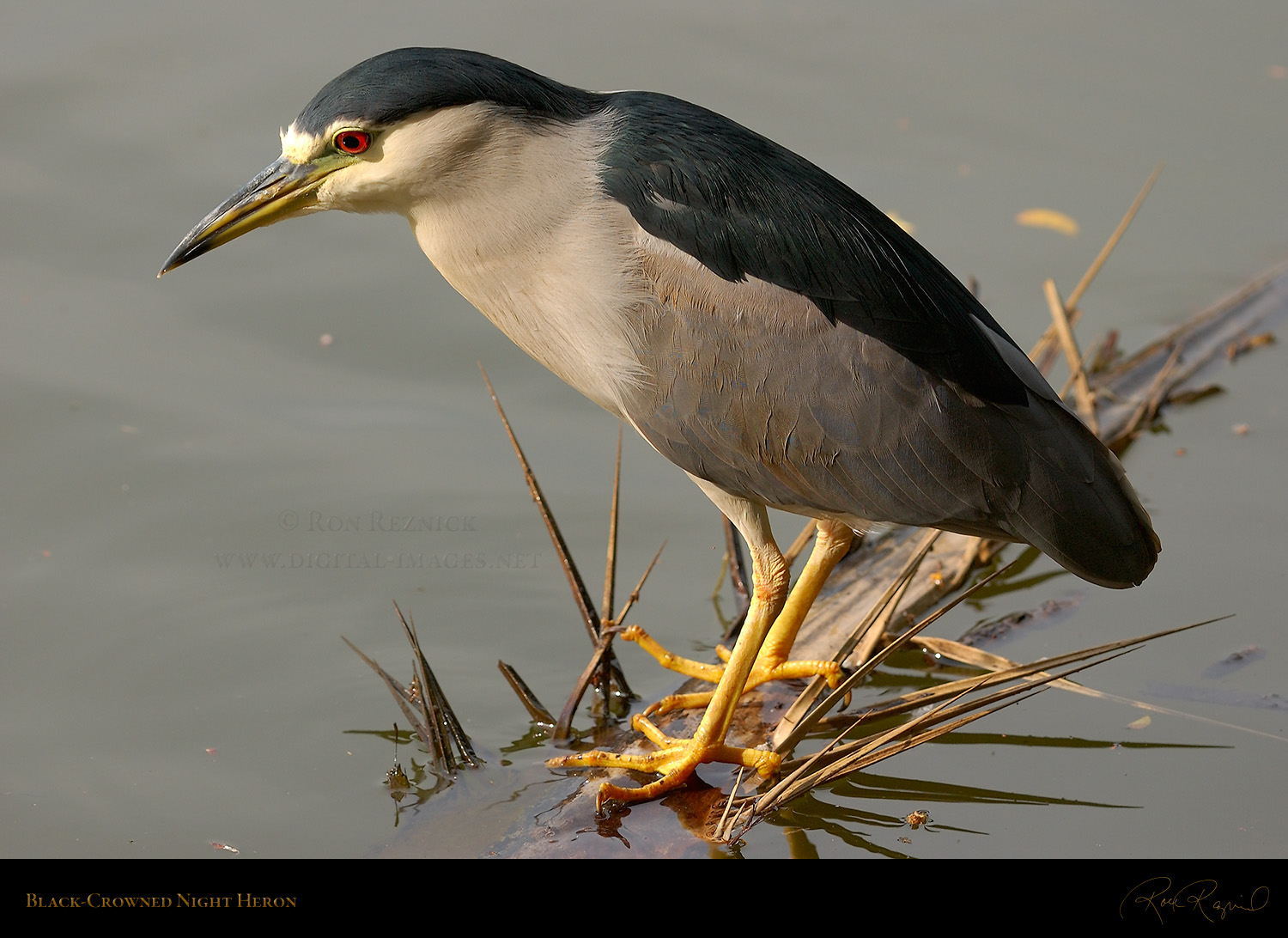 Black Crowned Night Heron
Black Crowned Night Heron
 Hooded Vulture
Hooded Vulture
 Black Winged Stilt
Black Winged Stilt
 Yellow Billed Stork
Yellow Billed Stork
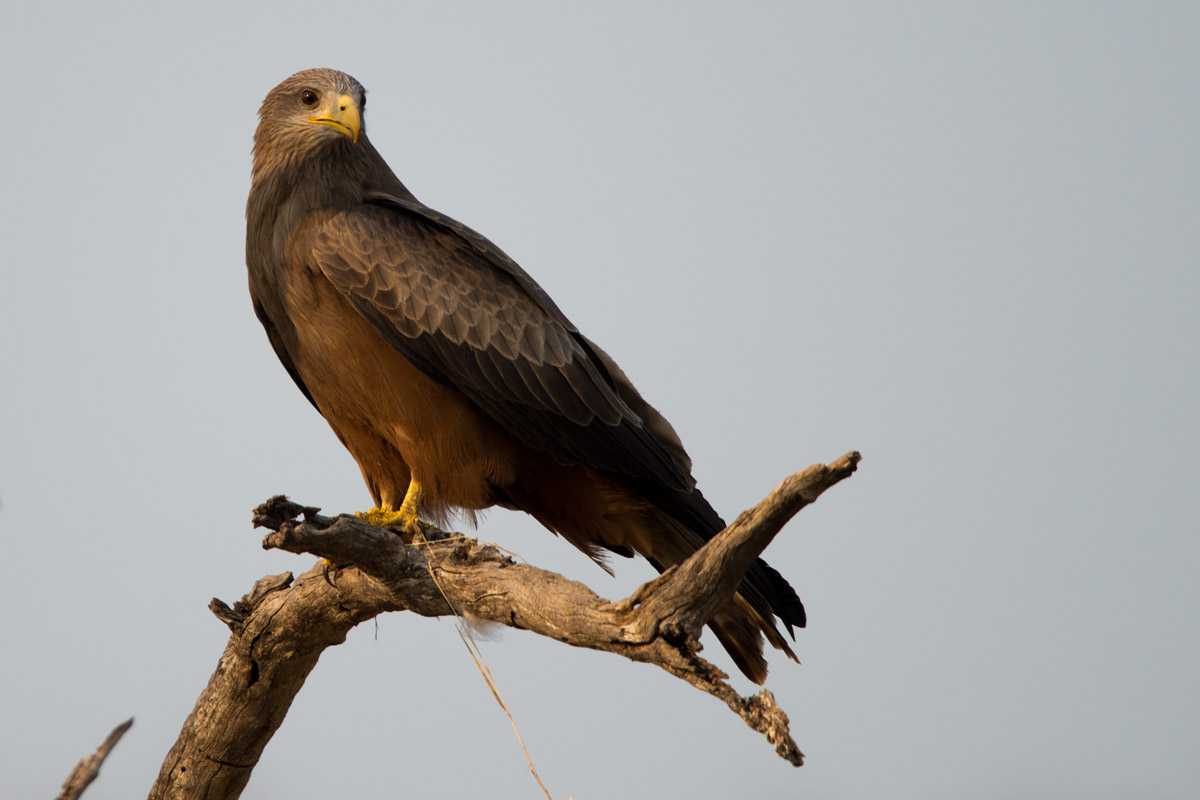 Yellow Billed Kite
Yellow Billed Kite
Jun 20, 2015 | birding, birding safari, Sunset Cruise, twitching, Zambezi river, Zambezi River Cruise, Zambezi Royal
We arrive at The Wild Horizons jetty to the mesmerising sound of African voices harmonising over water. A group of men, dressed in traditional skins are singing and dancing. The sound is beautiful as we make our way up the path and onto the jetty and boat. We are greeted by name and helped aboard where we are offered a glass of bubbly. The boat is a study in understated luxury. A open plan single-story it is decorated in tasteful neutrals, and has plush seating at intimate tables of four. My dining partner and I take a seat and begin to take in our surrounds. The Zambezi is beautiful. It stretches glass like in the evening light, with palm islands adorning it and the sounds of the singer’s voices carrying over the water.
We take off, soon after being seated, and are given a short introduction and safety briefing by our captain, Jeremiah. It is immediately apparent we are in knowledgeable hands, as he orients us to our surrounds and points out many facts about the Zambezi. He is a calmly capable man, quietly answering all the guests’ queries with a smile.
 |
| Guests Photograph a Crocodile on the Banks of the Zambezi. Image Sarah Kerr. |
The first of many well-portioned hors-d’oeuvres arrives as we bask in our surrounds and we are offered a drink from the cocktail menu. The food and beverages flow faultlessly throughout the cruise- the service is such that you never feel crowded yet also never find yourself wanting. Plate after plate of delicacies arrive- from crocodile croquettes to cheese selections, and you are free to order from the generous bar selection and cocktail menu.
 |
| Friendly Service aboard the Zambezi Royal. Image Sarah Kerr. |
As we cruise upstream Jeremiah points out the many birds to be seen along the river and turns out be the outstanding feature of the cruise. As we glide along we see Open billed stork’s dextrously removing snails from their shell, White backed vultures swirling overhead, Cormorants and Darters preening, Egyptian Geese honking obnoxiously, the predatory swoop of the African Harrier-Hawk, the whistling of White-Faced Ducks and so much more. The boat is effortlessly steered for the best sightings and all of this adds to the background ambience and the feel of the river.
We see larger creatures too. Hippopotami surface and crocodiles bask like oversized lizards on small islands, making for great photo opportunities. Then there is the special time we spend watching a family of elephants quietly come down to quench their thirst. They are unperturbed and we feel lucky to witness their interactions. Yet it is still the birds that most stand out; their abundance and variety is truly exceptional. As we make our way homeward, content and with sated bellies, Jeremiah mentions in his characteristically understand manner that there is an African fin foot up ahead and to our right.
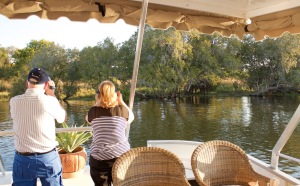 |
| Watching a herd of Elephants from the Zambezi Royal. Image Sarah Kerr. |
You can hear the intake of breath by the two South African birders who accompany us. For them this bird is a ‘lifer’. A goal they have been seeking for years and never attained. Because these birds are so highly secretive they are rarely seen by even experienced ornithologists and little is known about their habits or even their conservation status. We all peer unconvinced at the spot Jeremiah has pointed out to us. Where a tree’s branches reach the water in a confused tangle approximately 200 metres ahead. As he steers us closer we all squint and murmur ‘to the right’, ‘no, that’s not it’, ‘is that a log?’, ‘there’s nothing there!’… Until finally a gap in the foliage provides the glimpse we have been seeking. A small, pretty bird peers back at us before erupting from the tree and taking off downstream. This provides us with a beautiful view of the characteristic orange feet and bill and leaves us all with a sense of awe and gratitude.
Our fellow passengers are beside themselves with joy and we make our way back with smiles on our faces, knowing we have seen something that few people ever get to.
What we saw: Reed Cormorant, African Darter, Green-Backed Heron, Hamerkop, African Open- Billed Storks, Hadeda Ibises, White Faced ‘Whistling’ Ducks, Egyptian Geese, Spur Winged Geese, White backed Vultures, African Harrier Hawk (Gymnogene), African Fin Foot, African Jacana, African Wattled Lapwing, Pied Kingfisher, Giant Kingfisher, Brown-Hooded Kingfisher, White fronted Bee-Eaters and African Pied Wagtail.
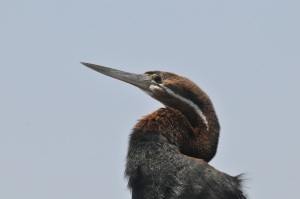 |
| African Darter (Anhinga rufa). Image Jane Bettenay |
(more…)
Jun 4, 2015 | Wild Horizons Lookout, Zambezi river
After visiting The Lookout Cafe to experience a Full Moon dinner I was left in awe of the meal as well as the scenery. The cafe, usually closed in the evenings, offers this full moon dining experience due to it’s prime position on the edge of the Zambezi Gorge allowing for diners to view the moon-rise over a truly special scene.
The Lookout clings to the edge of the Zambezi Gorge just downstream of the Victoria Falls. Below lies the Zambezi, a force you are aware of before you glimpse it as its low rumble emanates upward from the river below. The dining area faces the iconic Victoria Falls Bridge but it is the natural elements of the scene that strike me. The Lookout Cafe is cantilevered over the gorge so that you stand, insignificant in size when compared to the mighty chasm of the canyon dropping steeply away. A 120 metres below, the serpentine Zambezi – churns with incredible force and mellows into great, glasslike swathes that bely it’s power. The sun is setting and the moon has risen; a giant, yellow orb hung low over the mesmerising scene.
I soak in the scene for a few minutes before becoming aware of the cafe behind me. The warm glow of the lighting, the chatter of diners and the smell of food cooking reminds me of my hunger. A friendly waiter helps us to a table for two, warm and prompt in his service. I order the fish, local bream, caught in the Zambezi. It arrives quickly and doesn’t disappoint- flaky and succulent encased in crisp, beer batter and my partners’ steak is equally good, perfectly cooked to order and tender to the bite. We end the meal with fruit skewers and a cheese platter Before departing, I return to the edge to soak in the scene one more time.
The light has changed; the myriad of ochres and rusts are gone and the bath of cool moonlight has turned the river into a band of silver. In the background the Victoria Falls Bridge illuminated, beyond that the spray from the Falls reaches up to a sky now twinkling with stars. The view brings a sense of tranquility and it is this calm feeling I depart with. I go to sleep thinking of the onward rumble of the Zambezi, ever stretching forward, and how it was here before me and still will be long after.
Tips for a moon-rise visit:
• Look up the time of the moonrise and if not too late I suggest coming before sunset so you can experience the changing colours of the canyon walls and see the moon rising over the scene. Your best views will be whilst the moon is low to the Horizon.
• Plan to dress warmly in winter months as it is open air dining.
Full Moon Dinner Dates for 2015:
3rd July & 31st July
29th August
28th September
27th October
26th November
25th December
Special Opening Hours: From 10:00 to 22:00 (last meal orders at 20:30)
Wi-Fi: Free
Cuisine: A’la Carte menu
Free Shuttle transfers: Please call 013-42013 to arrange
Aug 7, 2014 | rafting, Things to do in Victoria Falls, Victoria Falls, Victoria Falls Activity, white water rafting, Wild Horizons Activites, Zambezi river

The Zambezi River, which borders Zimbabwe and Zambia, is widely acclaimed as offering the world’s best white-water rafting run in the world. With a large number of its turbulent rapids which occur in the Batoka Gorge (below the Victoria Falls) achieving a high ‘Grade-5’ status or higher, adventure enthusiasts revere its reputation across the globe. Even the rapid names are enough to get the adrenalin pumping – from “Stairway to Heaven”(Rapid no.5), to “The Gnashing Jaws Of Death” (Rapid no.10), and “The Overland Truck Eater” (Rapid no.11).
A ‘Grade-5’, or ‘Class 5’ rapid, as outlined by the International Scale of River Difficulty, is the grade given to the most dangerous and difficult rapids that are commercially passable by raft or kayak. ‘Grade 6’ rapids are not commercially passable, and only the most experienced of rafters/kayakers attempt this scale of rapid at extremely high risk. An example of a ‘Grade 6’ rapid on the Zambezi is the infamous Rapid no.9 – “Commercial Suicide”.
Whilst the Wild Horizons one-day rafting trip is by far the most popular with tourists and adventurers who usually have limited time in Victoria Falls town – there is one relatively unknown, yet a breathtakingly beautiful product that is also on offer from Wild Horizons for the more adventurous thrill seeker and explorer: Multi-day Rafting. Over the last thirty years, adventurers the world over have been seeking the challenge and serenity that this famous five-day long Zambezi white water rafting quest provides. These days, adventure-seekers may choose between a two-night, two-day trip, or for the more enduring, a four-night, five-day trip.
Multi-day rafting guests start off with the standard one-day trip, which either starts at rapid no. 11 (during high water) or rapid no. 1 during the low water season. It should be noted that multi-day rafting trips only operate during low water rafting (usually around mid-September to mid-December). Low water rafting starts at “The Boiling Pot”, right below the magnificent Victoria Falls. The view of the Falls from down here, just beneath it, is truly unforgettable. You’ll know you won’t forget it when you feel the immense changes in air pressure, and water vapour erratically bursting through the canyons; obscuring your view of the 3,000 tons of water that fall out of the Zambezi River into the boiling pot every second. The thundering roar is deafening, and it reverberates loudly in the chest cavity! It is truly one of the most humbling, magnificent and powerful spots on Earth.
The gorge is over 100 meters deep at the Falls and slowly increases to over 200 meters by the end of a full day rafting trip. The glistening basalt rock walls form a series of sharp hairpin bends, which meander some 120km down the course of the Zambezi River, thus bestowing a beautiful gift from Mother Nature – the course for the world’s best white water rafting!
Rapids are interceded by calm stretches of crystal clear water, where you can take a break from the adrenaline, relax and marvel at the spectacular gorges – thick with vegetation. At the end of the first day of the 120km journey, multi-day rafters bid farewell to the single-day companions that they have made on the river, and set up camp for the night on the white sandy beach below rapid number 21.

Late afternoon at the beach-camp sees some casual beach volleyball, cold beers, and the opportunity to throw out a line and catch some bonus bar snacks before dinner. A significant drop in temperature is felt as the shadows of the gorge encroach rapidly up the river and onto the beach as the sun sinks behind the lips of the basalt cliffs high above. After nightfall, a beach bonfire provides warmth and visual entertainment (affectionately known as “Bush TV”) to guests as they settle into their first night of camping in the belly of the beautiful Batoka Gorge. A dinner table is set under the luminous corridor of stars above, and after a hearty stew or braai, guests are sure to get a good night’s sleep in the tents and sleeping bags provided; snoring to the watery lullaby of the rapids!

On day-two, the beautiful cycle of adventure, adrenalin, endurance, and river exploration repeats itself once again. The first big rapid of the day – “Morning Shave” (no.23), is the perfect wake-up call! On center-left of the rapid, there is an easy wave train to wet you down. “Closed Season” (rapid no. 25) is the last of the numbered rapids, the rest are now referred to by name only. “Closed Season” is closely followed by “Open Season” – one of the biggest rapids on the Zambezi, and pure Grade Five fun! There is a large hole on the river-left and some rocks towards the middle of the run.
From here on in, the gradient of the river starts to level out, and rapids become further interspersed. This is not to say, though, that they get any tamer – as “Ghostrider” – the biggest and best rapid on the Zambezi River, is still to come on Day 3! Towards the end of day 2, guests will raft through the Narrows 1, 2, 3 & 4 – the fourth comprising of a technical rock garden, featuring “Beer Eddy”, whereby as the name suggests, if your guide goes into the eddy, the first round of post-trip drinks will be on him/her!
After a second night of camping under the stars below the Moemba Falls, the start of day three brings the infamous “Ghostrider”. Known only by the exclusive few that have ventured this far; this is Class Five, big water at its best! Three enormous waves, with drops that make rafts disappear; only to re-appear on top of the next wave – this is the biggest, and best commercially runnable rapid that the Mighty Zambezi has to offer. Wild Horizons ensures that only the most seasoned of river guides lead guests through this one. Proper equipment, extensive experience, and practised rescue drills are essential. Still, for a true adventure seeker, this rapid is worth the journey!
Day-three, and “Ghostrider” sees-out the last of the higher-grade rapids as the gradient of the river continues to level out in anticipation of the Matetsi River mouth, and the start of Lake Kariba’s Western basin.
Multiple smaller rapids frequent the rest of the course for the last two days, providing much-needed relief to those who have ventured thus far. All of a sudden one finds themselves immersed deep inside the heart of the Zambezi. Serene beauty in a unique wilderness that is far, far away from the tourism-fuelled hustle and bustle of Victoria Falls town. The sense of being so far down river, so far removed from civilisation, and so deeply swallowed by mother nature herself – is something which simply has to be felt to be described. Sheer rock walls arise hundreds of meters above the river and the roar of the rapids resound up the narrow canyons. It is here where one may catch a glimpse of the highly endangered Taita Falcon as its soars above you. Vertical walls give way to wider valleys at times, and white sandy beaches dazzle in the sunshine. This is the lower Batoka Gorge at it’s best!
On the morning of the fifth day, all that remains is a relatively smooth two-hour paddle down to the mouth of the Matetsi, where the gorges that have been strictly hugging the river start to give way to the beginnings of Lake Kariba, yet another dimension of this magnificent river’s character. At this point a truck awaits, and after packing up and loading all the rafts and camping equipment, guests are transported the 180km journey back to Victoria Falls town; stopping for lunch and refreshments on the Deka Bridge on the way home.
A multi-day rafting trip is one of the best ways to connect with the spirit of the Zambezi, and truly experience a journey that is both self-challenging and spectacularly beautiful. Wild Horizons operates multi-day rafting trips for groups of 4 or more at a cost of USD$545 per person for the 2-day/2-night, and USD$1,132 per person for the 5 days. Rafting the mighty Zambezi, even if just the thrill of experiencing the one-day run – is an unforgettable experience and should definitely be on your bucket list! Contact Wild Horizons for more information (www.wildhorizons.co.za)
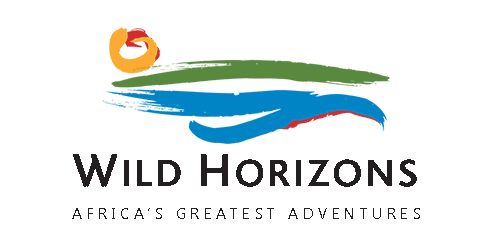
 Long Crested Eagle
Long Crested Eagle Black Crowned Night Heron
Black Crowned Night Heron Hooded Vulture
Hooded Vulture Black Winged Stilt
Black Winged Stilt Yellow Billed Kite
Yellow Billed Kite







